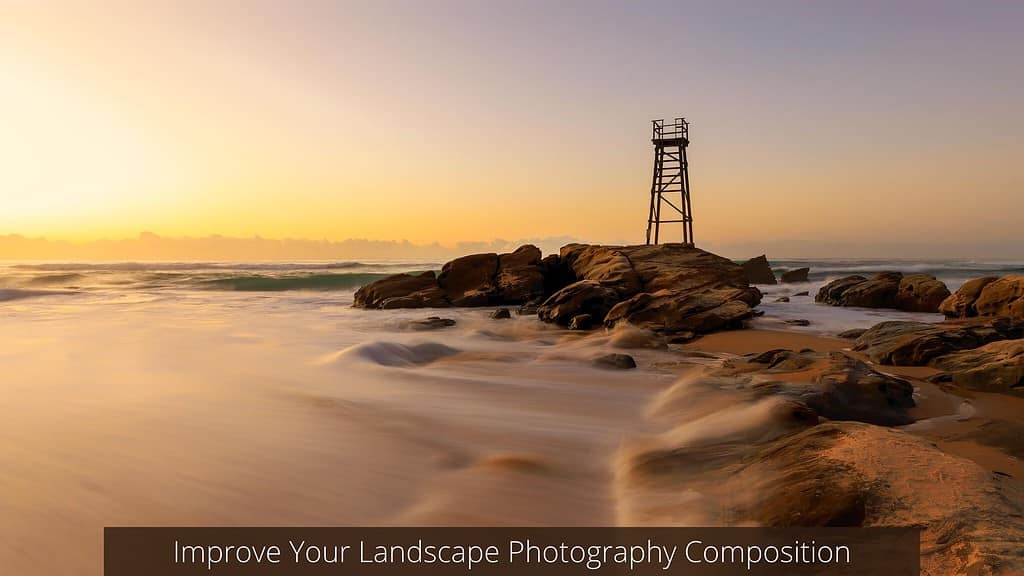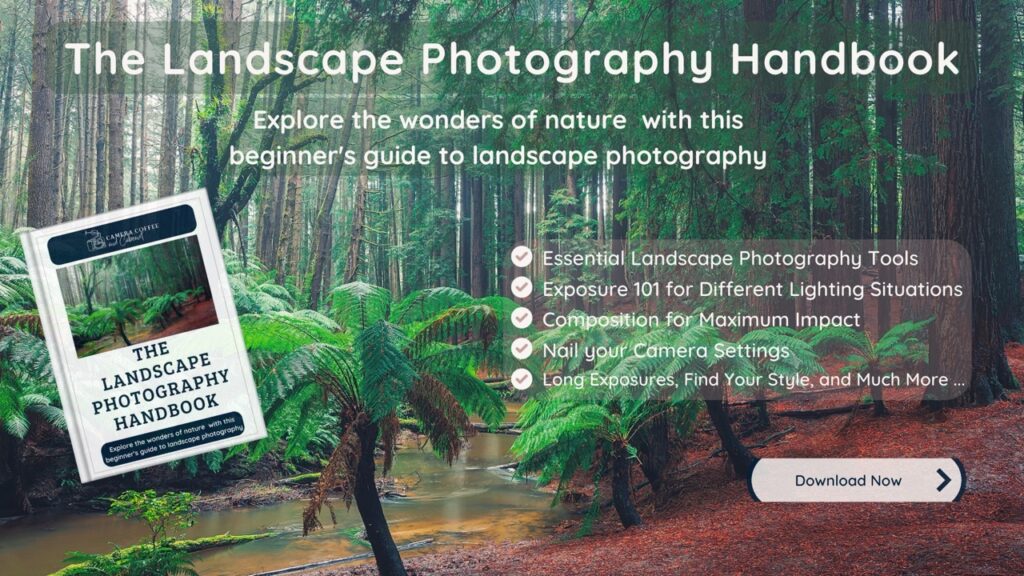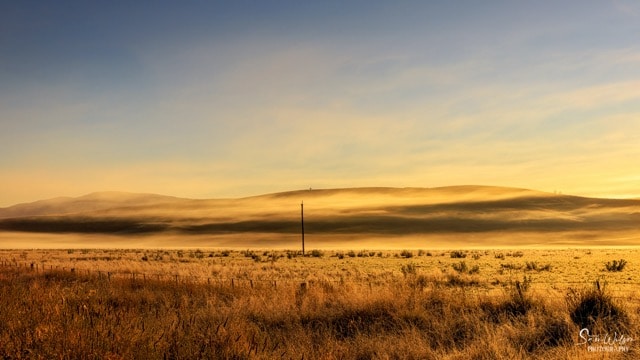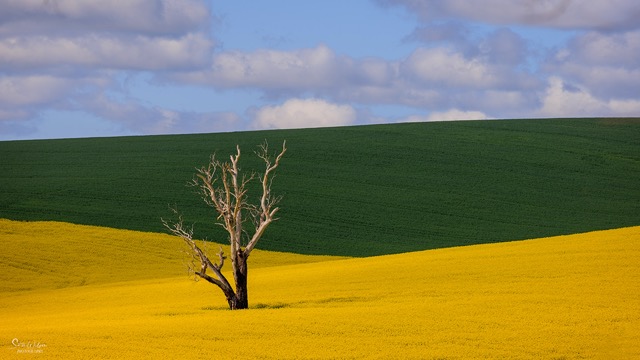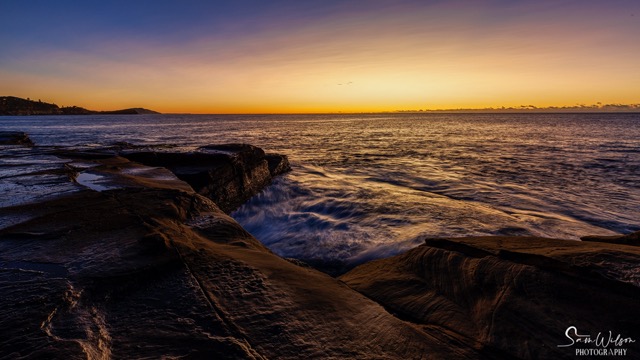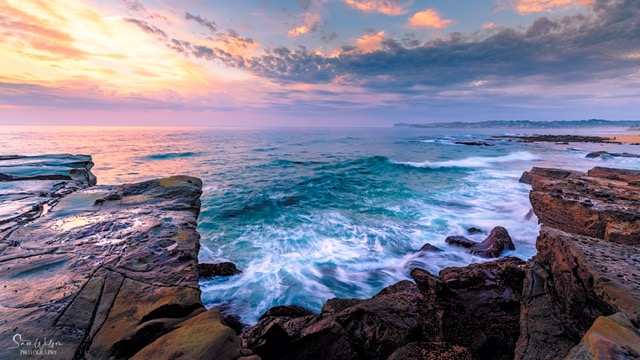What Makes A Great Photo? Hint, There’s No One Magic Ingredient
What Makes A Great Photo? Take Your Images From Good To Great With These 5 Elements!
Have you ever looked at a photograph and thought, “Wow, that’s a great shot!”?
What is it that makes certain photos stand out from the rest?
Is it the subject matter, the composition, the lighting, or something else entirely?
In this article, we’ll explore the five elements that can take your images from good to great.
There are 5 key elements to what makes a great photo: Light, composition, subject, timing and editing. Take your photos from good to great photos by incorporating these 5 key elements into your photography.
By considering each of these elements when you’re out photographing, you’ll be able to create visually stunning images that capture the magic of the moment.

Lighting is crucial in creating depth, texture, and mood in your photos. Composition refers to how the elements in your photo are arranged and framed. Timing is everything in capturing the perfect moment. The subject matter is also an important factor in creating a great photo. Finally, editing can enhance a photo and take it from good to great.
What about gear, camera settings and exposure I hear you ask?
While it is definitely important to have the right gear (note, I said right and not the best), it’s more crucial to know your basics and be able to spot the opportunities for a great photo when they arrive.
Knowing your camera settings and understanding exposure is way more important than gear. This goes along with knowing your camera so you can adjust quickly when you’re out photographing.
This can often be the difference between getting the shot or not, so don’t get caught fumbling trying to figure out how to change your aperture or shutter speed.
If you need some help with learning these fundamentals and the exposure triangle, then check these articles out –
These technical skills can all help contribute to a good photo but it’s mastering the above elements that takes a photo from ‘technically’ good, to great.
So there you have it, the five elements that can take your photos from good to great! By understanding these elements, you’ll be able to create stunning images that truly stand out.
Let’s get started and break down each of these elements:
1 – The Role of Light in Photography
Embrace light. Admire it. Love it. But above all, know light. Know it for all you are worth, and you will know the key to photography.
~ George Eastman, founder of Kodak
Light is arguably one of the most crucial elements in photography when considering what makes a great photo, and mastering its use can take your images from good to great.
It sets the mood, enhances colours, and adds depth to your photographs. Understanding how light interacts with your subject and surroundings is key to capturing stunning images.
When it comes to landscape photography, the quality and direction of light can make a significant difference.
Soft, diffused light during sunrise or sunset creates a warm, gentle glow that can transform a mundane scene into a breathtaking masterpiece. The low angle of the sun at these times casts longer shadows, adding depth and dimension to your composition.
However, don’t limit yourself to shooting only during the golden hours. Experiment with different lighting conditions throughout the day.
Harsh midday light can create dramatic contrasts and bold shadows, while overcast days can provide a soft, even light that is ideal for capturing delicate details.
Keep in mind that the direction of light can also make or break your shot. Side lighting can reveal texture and create interesting patterns, while backlighting can add a magical halo effect to your subject.
Observe how light interacts with your surroundings and make adjustments to your composition accordingly.
Remember, light is not just about natural sunlight. Don’t shy away from exploring the creative possibilities of artificial light sources, such as streetlights, cityscapes, or even light painting techniques.
These can add a unique and captivating element to your photographs, turning them into works of art.

2 – Mastering Composition Techniques
Composition is the arrangement of elements within your frame and plays a fundamental role in creating visually pleasing and impactful photographs.
Along with light, many photographers consider that composition is the number one factor in what makes a great photo.
It is the way you choose to frame your subject and guide the viewer’s eye through the image. A strong composition can make an ordinary subject extraordinary.
There are many so-called principles of composition that you can incorporate into your photos. These alone won’t make a great photo, but they can certainly contribute to it.
One of the key principles in composition is the rule of thirds.
Imagine dividing your frame into a grid of nine equal sections by two horizontal and two vertical lines. By placing your subject along these lines or at their intersections, you create a more balanced and visually appealing composition.
It helps to avoid placing your subject directly in the centre, as this can often result in a static and less engaging image.

Leading lines are another powerful compositional tool. These are lines within your photograph that draw the viewer’s attention towards the main subject or create a sense of depth and movement.
Examples of leading lines can be roads, rivers, fences, or even natural elements like tree branches or mountain ridges.
Experiment with different angles and perspectives to make the most of these lines and add a dynamic element to your images.
Utilising a frame within a frame is another way to make your image more interesting and add depth.
Additionally, consider the concept of foreground, middle ground, and background. Including interesting elements in each of these areas helps create depth and a sense of scale in your photograph.
It can be as simple as incorporating rocks or flowers in the foreground to lead the viewer’s eye into the scene and create a three-dimensional feel.
Don’t be afraid to experiment with unconventional compositions. Sometimes breaking the rules can result in captivating and unique images.
Remember, composition is subjective, and the most important thing is to trust your creative instincts and develop your own style.
3 – Timing – Seizing the Perfect Moment
Timing is everything in photography, and capturing the perfect moment can transform an ordinary photo into an extraordinary one.
The right timing can involve a combination of factors, including the time of day, the weather conditions, and the actions or interactions of your subject.
The golden hours – shortly after sunrise and before sunset – are often referred to as the best times for photography due to the soft, warm light they provide.
Consider the weather conditions and how they can enhance your photograph. Moody skies, dramatic clouds, mist, rain, or even a fresh layer of snow can add depth and atmosphere to your images.
Experiment with different weather conditions and embrace their unique qualities to bring out the best in your subject.
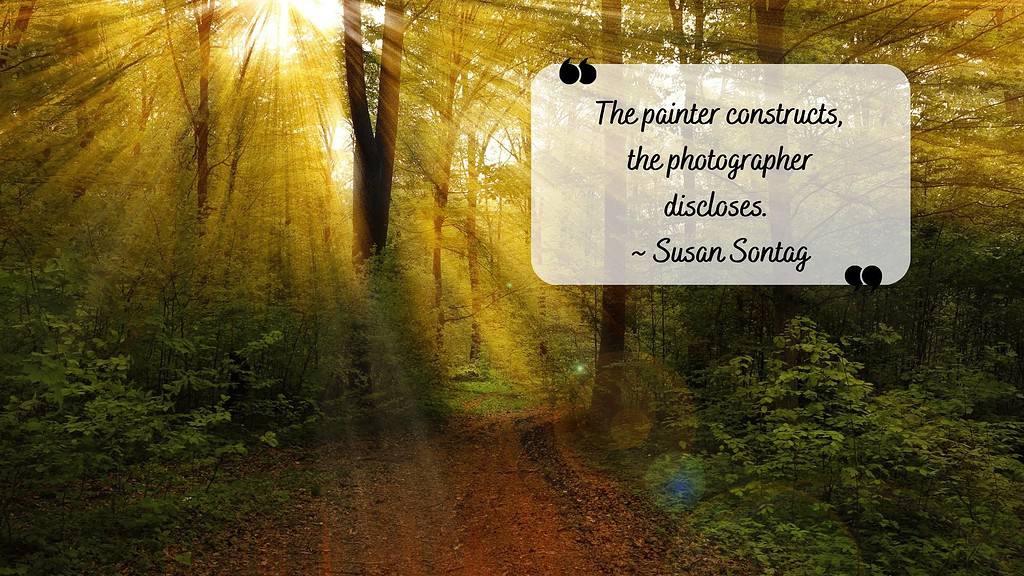
Timing is especially crucial when capturing fleeting moments or actions.
Whether it’s a bird in flight, waves crashing on the shore, or a person engaged in an activity, being patient and ready to press the shutter at the decisive moment can result in dynamic and impactful images.
Anticipate the action, observe your subject closely, and be prepared to capture that split second when everything aligns.
Subject – Telling a Compelling Story
The subject is the focal point (or hero) of your photograph and plays a vital role in creating an emotional connection with the viewer. It is often the subject that gives you the reason for taking your photo in the first place.
As such, your subject, or story is another fundamental element in what makes a great photo.
It can be a majestic mountain, a solitary tree, a person, or even an abstract concept. A great subject captures attention, evokes emotions, and tells a story.
When choosing a subject, think about what you want to convey through your photograph.
Photography is the art of observation. It has little to do with the things you see and everything to do with the way you see them.
~Elliot Erwitt
What caught your eye and made you want to capture this moment? Is it the grandeur of nature, the serenity of a peaceful scene, or the vibrancy of urban life?
Understanding the essence of your subject will help you convey its story to the viewer effectively.
To make your subject stand out and command attention, consider using techniques such as isolation and focus. Isolating your subject means eliminating any distracting elements from the frame that may detract from its impact.

Pay attention to the background and foreground, ensuring they complement and enhance your subject rather than compete with it.
Additionally, using a shallow depth of field can create a pleasing blur in the background, drawing the viewer’s gaze directly to your subject.
Another important aspect is capturing the details and unique characteristics of your subject.
Whether it’s the intricate patterns on a flower petal, the weathered texture of an old building, or the expression on a person’s face, zooming in on the details can add depth and interest to your photograph.
It allows the viewer to connect with the subject on a more intimate level.
Remember, a great subject doesn’t always have to be grand or extraordinary.
Everyday scenes and objects can also make compelling subjects if you approach them with a fresh perspective.
Look for beauty in the mundane and seek out the hidden stories waiting to be told.

5 – Editing – Enhancing the Vision
Editing is the final step in the creative process of photography. It allows you to enhance your images, refine their visual impact, and bring your artistic vision to life.
Whether you prefer a natural look or enjoy exploring more artistic interpretations, editing offers a range of possibilities to transform your good photos into great ones.
Start by organising and selecting your best shots. Be critical but also trust your intuition.
Choose images that align with your vision and evoke the emotions you intended to convey. Remember, it’s not about the quantity of photos but the quality and impact of each individual image.
When editing, pay attention to the overall tonal balance, contrast, and colours. Adjusting the exposure, highlights, shadows, and contrast can help you create a more balanced and visually pleasing image.
Experiment with different colour adjustments to enhance the mood and atmosphere, or consider converting your photo to black and white for a timeless and dramatic effect.
Be mindful not to over-edit or rely too heavily on filters and presets. The goal of editing is to enhance and refine your photograph, not to completely alter its essence.
How much or little you choose to enhance your images is totally up to you.
It’s important to understand that the editing you do does play a major role in creating your style. If you look at images of photographers you admire you will see that the way they edit their images tends to be consistent.
Head here for my favourite Editing Tools and Resources to get you started.
Putting It All Together
Creating a great photo is all about finding the right balance among the five key elements: light, composition, subject, timing, and editing.
It is not one single element that makes a photo, it’s the combination and interconnectedness that needs to be considered in what makes a great photo.
But don’t stress about achieving perfection in each area. These elements are connected and rely on one another, forming a complex web that impacts the final result.
A completely failed composition, bad light, missed timing, non-existent story, and poor image processing can tear a photo into pieces.
But here’s the good part – these factors are interconnected.
The composition is often intertwined with the timing of capturing a moving object, while the light is closely linked to timing, especially when it comes to natural light. Composition can also be influenced by light, shadows, or other light sources.
The truth is, you don’t need to maximise all five elements in every photo to create greatness. A decent composition accompanied by fantastic light, well-timed capture, and exceptional post-processing can result in a remarkable photo.
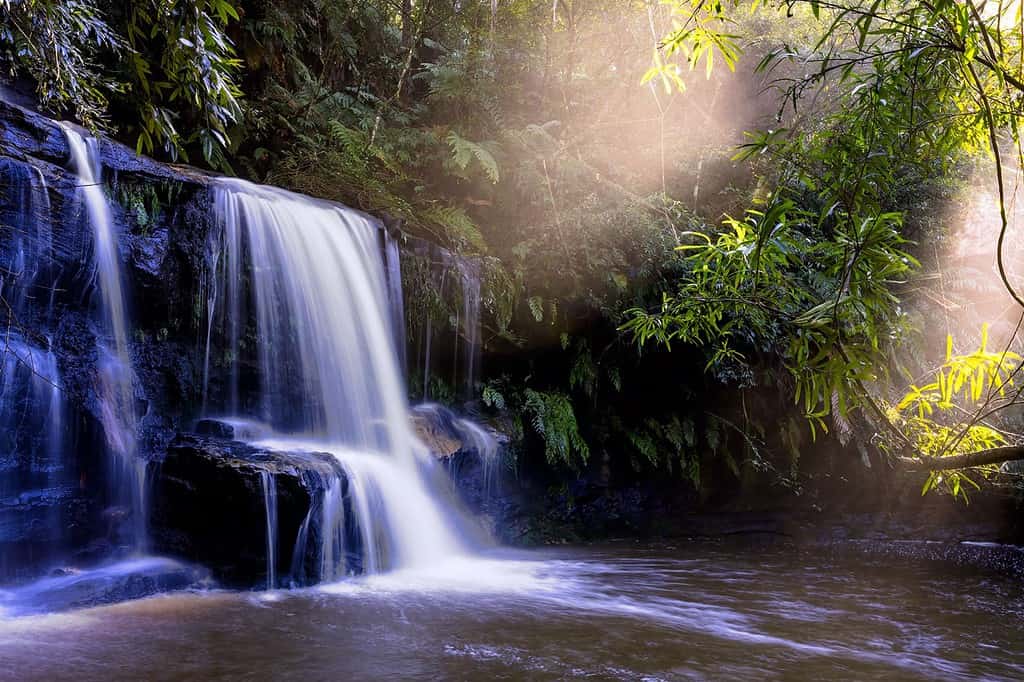
Similarly, an outstanding composition can compensate for a lack of light to some extent. It’s about finding the right balance among these five factors without completely neglecting any of them.
If one of the elements falls slightly short, it can be offset by the strengths of the others.
You can think of it as the sum of these five parts, providing an indication of the greatness of a photo, as long as none of them are completely missing.
Understanding the interplay of these elements is key to enhancing your landscape photography.
Embrace the complexity, explore different approaches, and experiment with your own unique style.
Every scene presents an opportunity to learn and grow.
By recognising how these elements interact and influence each other, you’ll be better equipped to capture awe-inspiring photos that truly showcase the beauty of the landscapes you encounter.
Are you a beginner landscape photographer looking to improve your skills and capture stunning photos of nature?
Our ebook, ‘The Landscape Photography Handbook – Exploring the Wonders of Nature,’ is the perfect guide for you.
With 90 pages of expert advice and practical tips, you’ll learn everything you need to know to capture breathtaking landscapes like a pro.
From essential gear and camera settings to composition techniques and planning your shoot, this comprehensive guide covers it all.
Plus, you’ll discover how to develop your own style, build your confidence as a photographer, and use editing tools to enhance your images.
Get your copy today and start exploring the wonders of nature with your camera!
Final Thoughts
Great photography is a harmonious blend of light, composition, subject, timing, and editing.
Understanding and mastering these elements will empower you to capture images that evoke emotions, tell compelling stories, and leave a lasting impression on viewers.
Photography, like all art, is completely subjective. What one person thinks makes for a great photo can be totally different to what someone else believes.
Yes, you need to have some skills and tools as these elements contribute to what makes a great photo. But ultimately it is up to you, your vision and what you enjoy.

Remember, practice is key. Continuously challenge yourself to explore new techniques, push creative boundaries, and develop your unique style. Be patient and persistent, and allow yourself the freedom to make mistakes and learn from them.
I would love to hear from you! What are your thoughts on the five elements of great photography?
Do you have any additional tips or experiences to share? Leave a comment below and join the conversation. Let’s inspire and learn from one another as we strive to take our photography from good to great.
So grab your camera, venture into the world, and embrace the magic that awaits. With a keen eye, a thoughtful approach, and a touch of creativity, you can transform your good photos into truly extraordinary works of art.
That’s it for now – Keep clicking and stay caffeinated
Like this post? PIN it so you can save it for later

Other Posts You Might Like:
- Landscape Photography Guide
- Skill and Vision in Landscape Photography: More Important Than Gear
- Understanding Exposure: Landscape Photography Exposure
- Camera Settings For Landscape Photography: Complete Guide
- The Importance Of Clouds In Landscape Photography
- Improve Your Landscape Photography Composition
- Landscape Photography Composition: The Power of Leading Lines
- 15 Helpful Landscape Photography Guides For Beginners
Don’t miss a post – sign up Here if you haven’t already
Note – Unless otherwise stated, all photos are mine and remain my copyright images – Sam Wilson Photography.


